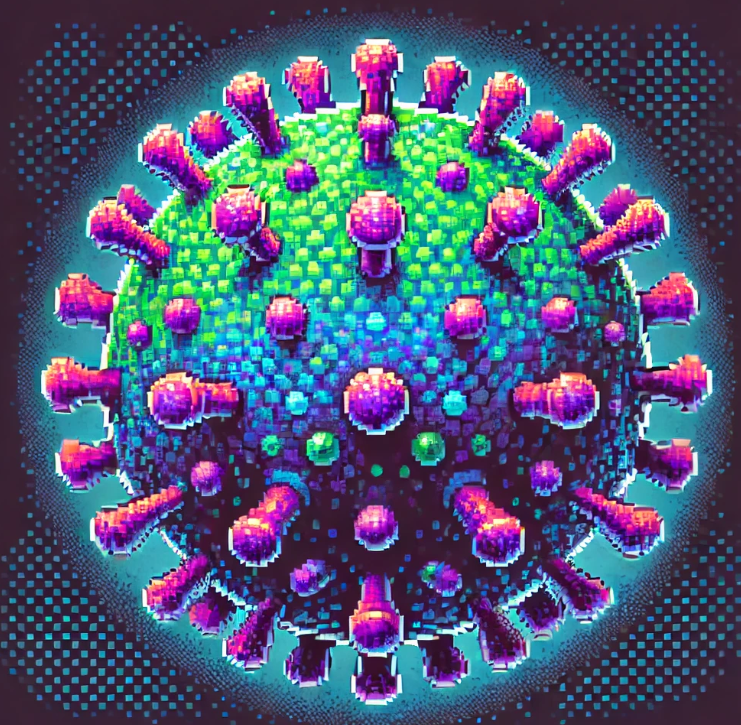
COVID-19 Models Missed the Social Determinants of Health
As the COVID-19 pandemic swept across the globe, infectious disease models played a crucial role in guiding public health responses. But new research reveals a critical gap in these early models—most failed to incorporate social determinants of health (SDH), such as race, income, and geographic location, despite their impact on how the virus affected different communities.
Imagine if our models had fully captured these nuances. Perhaps we could have better anticipated the challenges faced by vulnerable communities and acted sooner to protect them. This gap isn’t just an oversight; it highlights an urgent need to rethink how we approach infectious disease modeling to create more equitable public health solutions.
What Are Social Determinants of Health?
Social determinants of health (SDH) are non-medical factors that influence health outcomes. They encompass everything from income and education to housing and access to healthcare. For example, lower-income communities often face crowded living conditions, limited access to healthcare, and greater exposure to COVID-19 risk through essential jobs. These factors can significantly impact a person’s likelihood of contracting or suffering severe consequences from COVID-19.
In the early days of the pandemic, some models included basic factors like age, but most ignored other SDH that later proved to play a key role in disease spread and severity. Research shows that early COVID-19 models might have missed opportunities to understand how these social factors affected communities—and to guide interventions that could have reduced the impact of COVID-19 in vulnerable populations.
The Research: Examining COVID-19 Models and Social Determinants
A systematic review of COVID-19 modeling studies conducted between December 2019 and August 2020 reveals that few models considered more than age when assessing risk factors for COVID-19. The review examined 83 models and found that only a handful looked at factors like gender, race/ethnicity, and geographic location.
Most models in this review were “compartmental models” that divided populations into groups, such as infected or susceptible, based on infection status. While these models are effective for general predictions, they often overlook the social differences that shape health outcomes in real-world populations. Fewer studies used “agent-based models,” which assign characteristics like income or occupation to individuals within the model. This approach, while resource-intensive, provides a more realistic view of how COVID-19 spreads through different social groups and could offer valuable insights for targeted interventions.
Why Do Social Determinants Matter in COVID-19 Models?
Failing to consider SDH limits our understanding of how diseases like COVID-19 affect various communities differently. For example, early in the pandemic, Black and Hispanic communities in the U.S. experienced disproportionately high rates of COVID-19 infections and deaths, largely due to socioeconomic factors. By not accounting for these differences, models risk offering one-size-fits-all recommendations that don’t address the unique needs of these populations.
Including SDH in models isn’t just about accuracy—it’s about fairness. Without these considerations, public health responses may inadvertently leave out those most vulnerable. For example, if a model doesn’t consider income levels, it might overlook the need for additional resources in low-income neighborhoods, where residents might have difficulty affording masks, hand sanitizers, or tests.
The Practical Implications: Building Better Models
What does this mean for public health practitioners and policymakers? It’s time to prioritize models that include SDH to offer a fuller, fairer picture of disease impact. By factoring in variables like race, gender, income, and occupation, future models can provide more tailored, actionable insights that help communities respond more effectively to outbreaks.
The study authors suggest that policymakers advocate for funding and resources to develop these more complex models. Agent-based models, for example, require extensive computational power and data. This investment is crucial if we’re serious about equity in public health.
The pandemic has taught us that understanding the nuances of disease spread within different populations can mean the difference between life and death. By incorporating SDH into models, we don’t just make them more accurate; we make them tools for justice.
Moving Forward: What Can We Do Today?
While creating models with SDH may seem like a task for the future, there are steps we can take now to set the stage for better public health responses in upcoming pandemics. First, public health organizations can start collecting more detailed data on SDH and COVID-19 outcomes to inform future models. Researchers and modelers can prioritize transparency by sharing the underlying code and assumptions of their models, making it easier to improve them over time.
Second, communities can push for policies that support vulnerable groups based on existing knowledge about SDH. We already know that essential workers, low-income neighborhoods, and racial minorities face greater COVID-19 risks. We don’t need a perfect model to take action—now is the time to advocate for targeted interventions in these areas to reduce disparities.
Join the Conversation
- How can we encourage more public health models to incorporate social determinants of health?
- What changes would you like to see in public health policy to address these disparities?
We’d love to hear your thoughts in the comments or on social media. Join the conversation about how we can create a more just and equitable approach to public health!



